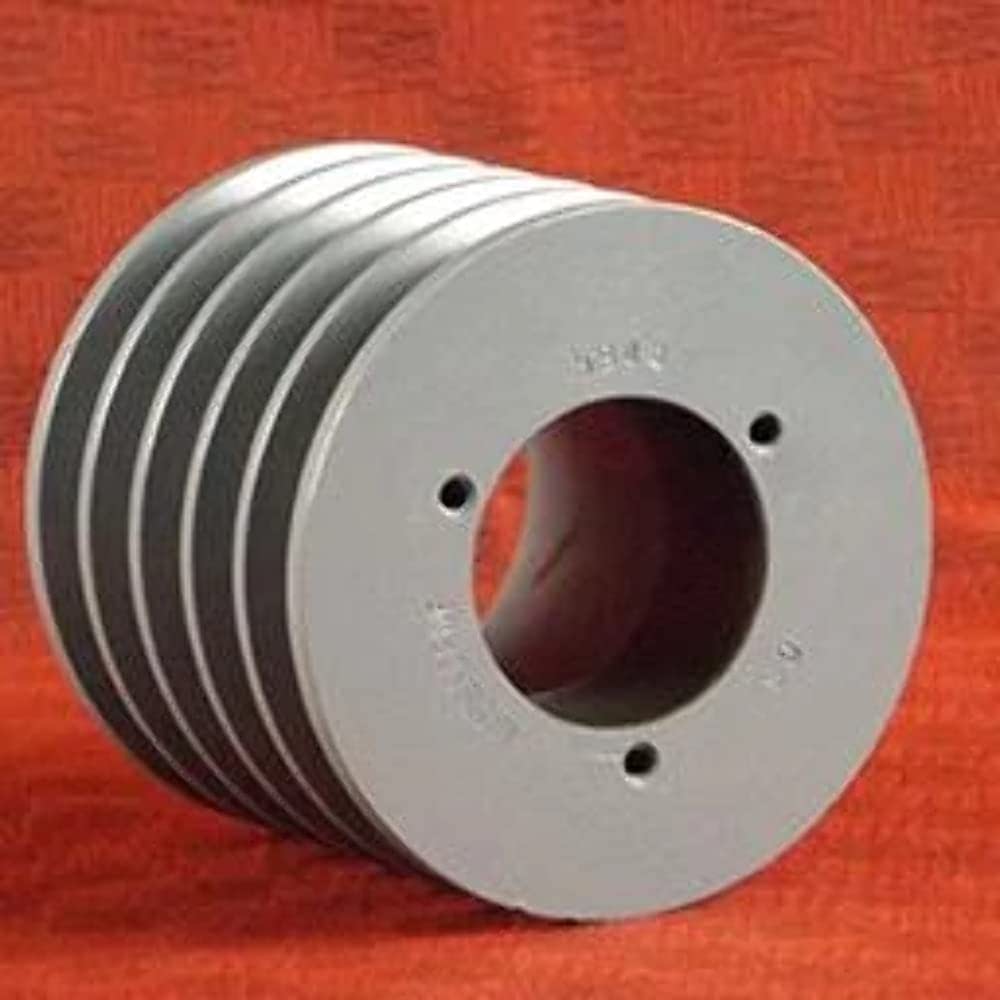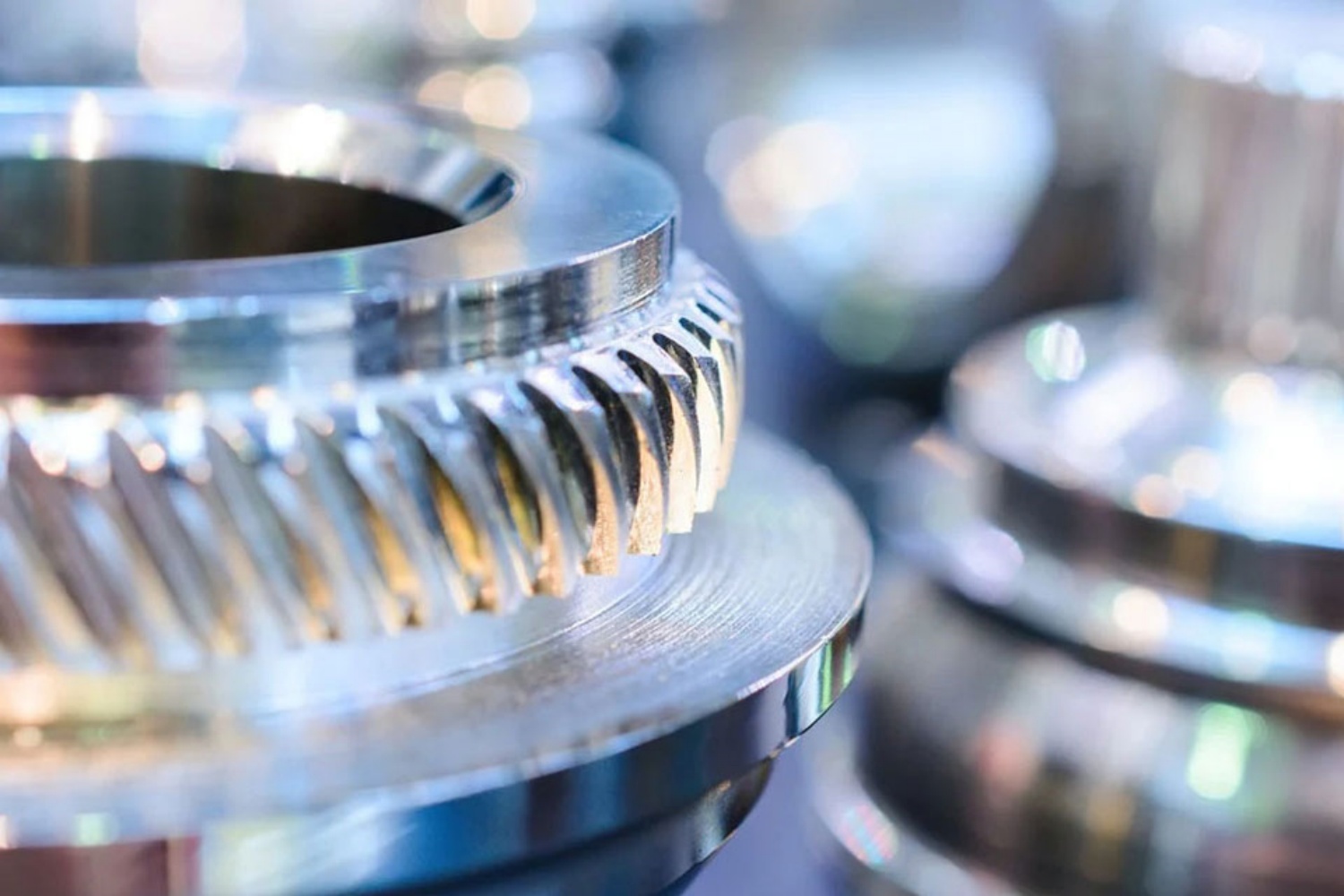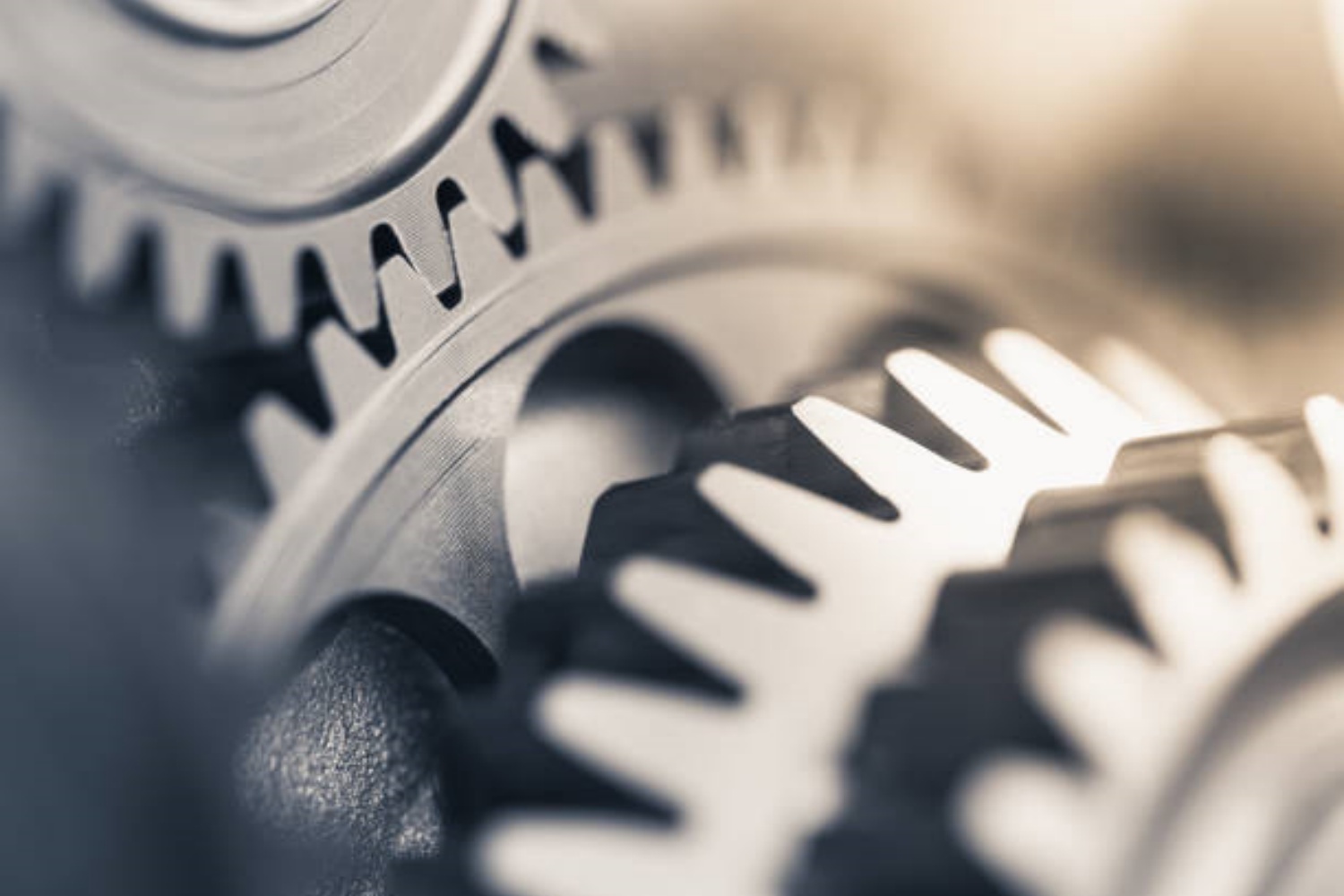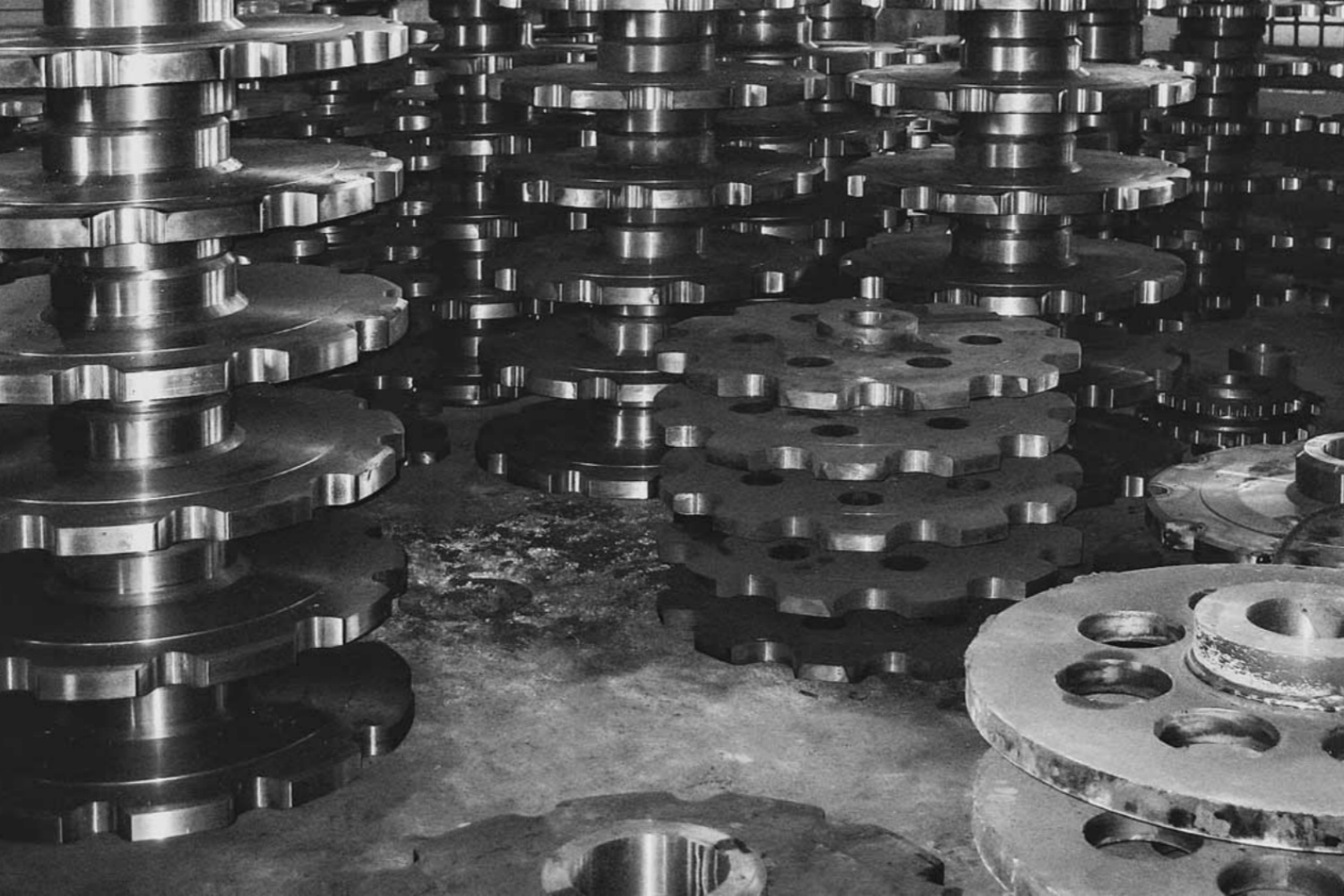Cast iron and v-belt pulleys are two commonly used types of pulleys in machinery and industrial applications. While both types of pulleys serve the same function, there are some key differences between them. In this article, we will explore the differences between cast iron belt pulleys and v-belt pulleys.
Cast iron belt pulleys are made from cast iron, a material known for its strength and durability. They are often used in heavy-duty applications, such as in agriculture, construction, and mining. Cast iron pulleys come in various sizes and shapes, including round, flat, and V-shaped. They are typically used with flat belts or V-belts and can transmit high levels of power without slipping.
V-belt pulleys, on the other hand, are specifically designed to work with V-belts, a type of belt with a trapezoidal cross-section. V-belts are commonly used in power transmission applications, such as in HVAC systems, agricultural machinery, and automotive engines. V-belt pulleys are usually made from steel, aluminum, or plastic, and come in a variety of sizes and shapes.
One of the main differences between cast iron belt pulleys and v-belt pulleys is their material composition. Cast iron pulleys are made from cast iron, which is a dense and strong material that can withstand heavy loads and high speeds. V-belt pulleys, on the other hand, are made from lighter materials such as steel, aluminum, or plastic, which are better suited for high-speed applications where weight is a concern.
Another difference is the way they work. Cast iron pulleys are typically used with flat belts or V-belts, while V-belt pulleys are specifically designed to work with V-belts. V-belt pulleys have a unique V-shaped groove that matches the cross-sectional shape of the V-belt, which helps to keep the belt in place and prevent it from slipping off the pulley.
In terms of maintenance, cast iron pulleys require more upkeep than V-belt pulleys. Cast iron is susceptible to rust and corrosion, so cast iron pulleys need to be properly lubricated and protected from moisture to prevent rust from forming. V-belt pulleys, on the other hand, require less maintenance, as they are made from materials that are less prone to corrosion and rust.
When it comes to cost, cast iron belt pulleys are typically more expensive than V-belt pulleys. This is due to the higher cost of the raw material, as well as the additional labor and manufacturing processes required to create cast iron pulleys.
In summary, cast iron belt pulleys and v-belt pulleys are two different types of pulleys that serve different purposes. Cast iron pulleys are typically used in heavy-duty applications that require high levels of strength and durability, while V-belt pulleys are designed for use with V-belts and are better suited for high-speed applications where weight is a concern. When choosing a pulley for a specific application, it is important to consider the specific requirements of the application, such as load, speed, and material compatibility, to ensure that the pulley is the right fit for the job.
CONTINUE READING
Related Posts
In mechanical drives, gears are essential for transmitting motion, power, and torque across various applications. Two of the most commonly […]
In the world of industrial machinery, efficiency, precision, and reliability are essential. A key component in achieving these goals is […]
In the world of industrial engineering, precision and innovation are essential to staying competitive and meeting the ever-growing demands of […]





